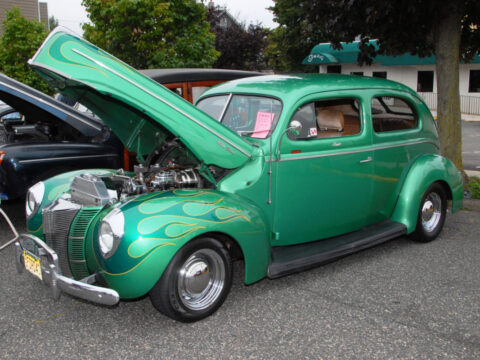Restoring a classic car is a labor of love that requires a careful balance of passion, skill, and patience. For many enthusiasts, bringing an old vehicle back to life is more than just a project; it’s a journey that reconnects them with automotive history and the craftsmanship of a bygone era. However, the road to a successful restoration is often fraught with challenges, and even seasoned restorers can make mistakes that can derail the process. Whether you’re restoring your first classic car or you’re a seasoned pro, knowing the common pitfalls can save you time, money, and frustration.
From poor planning and skipping research to underestimating costs and overlooking essential safety upgrades, these mistakes can have serious consequences if not addressed early on. By understanding the most common errors and learning how to avoid them, you can ensure that your restoration project not only preserves the car’s authenticity but also enhances its value and longevity. In this article, we’ll explore the top mistakes made during classic car restoration and offer insights on how to steer clear of them, helping you achieve a restoration that’s both rewarding and successful.
Contents
Poor Planning
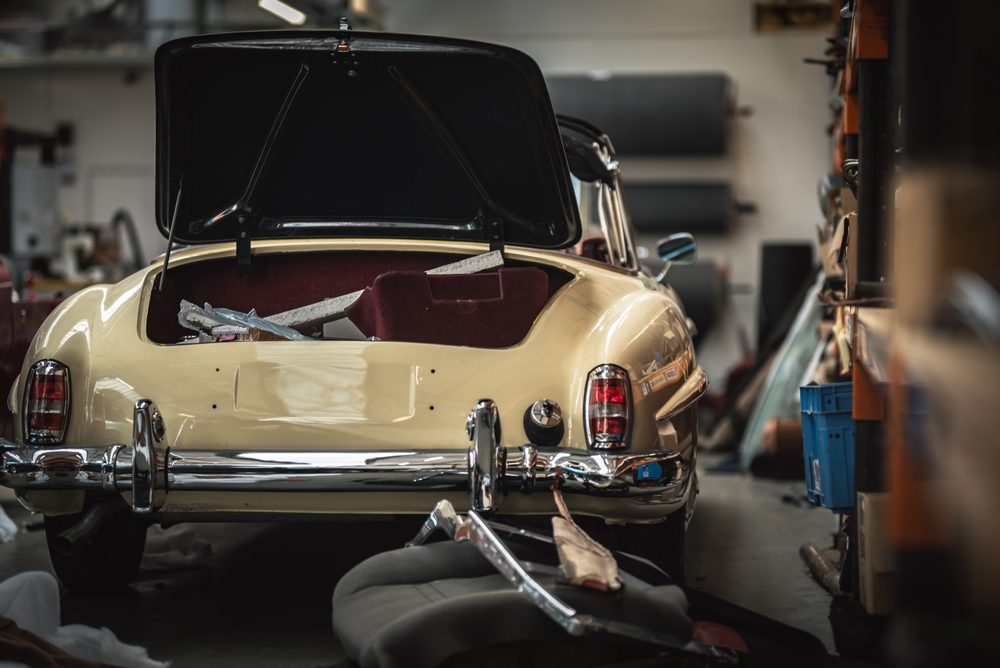
Poor planning is one of the most common mistakes in classic car restoration. Jumping into a project without a clear roadmap can lead to wasted time, unnecessary expenses, and frustration. Planning involves setting a realistic timeline, budget, and list of required parts and tools. Without these, you may find yourself scrambling to source rare parts at a premium or facing unexpected delays. Proper planning also helps you prioritize tasks and manage resources effectively, ensuring that the restoration progresses smoothly and stays on track. By avoiding poor planning, you lay the foundation for a successful and enjoyable restoration experience.
Over-Restoring
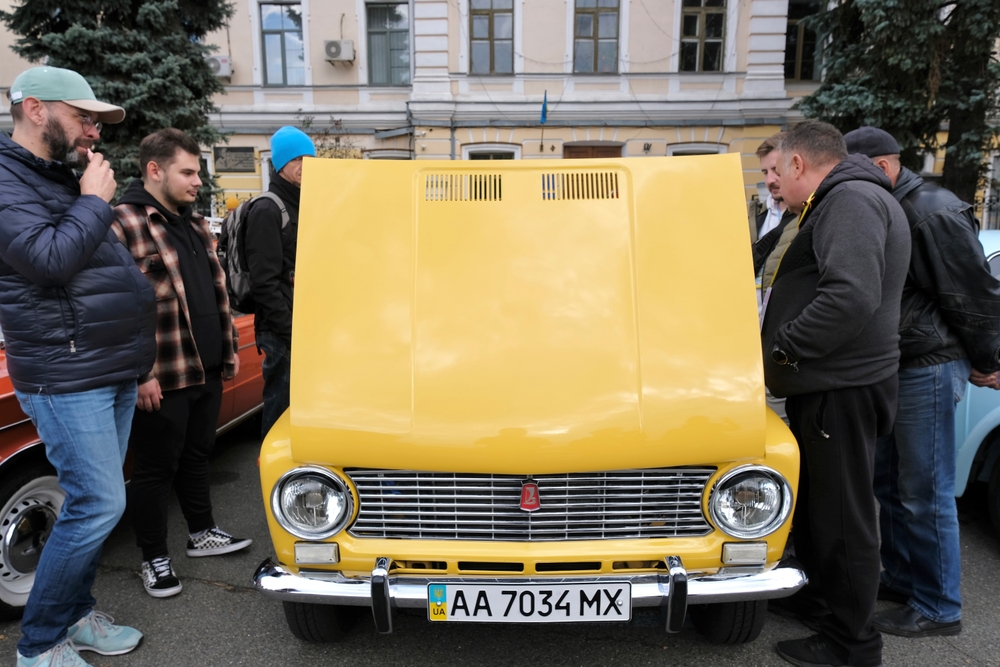
Over-restoring a classic car can be just as detrimental as under-restoring it. While it’s tempting to add modern touches or go beyond the original specifications, doing so can detract from the car’s authenticity and reduce its value to purists and collectors. Over-restoration often involves unnecessary modifications or overly pristine finishes that weren’t part of the car’s original design. Keeping the restoration true to the vehicle’s original state, while making necessary repairs and updates, preserves its historical value and ensures that it remains desirable to collectors and enthusiasts alike.
Skipping Research
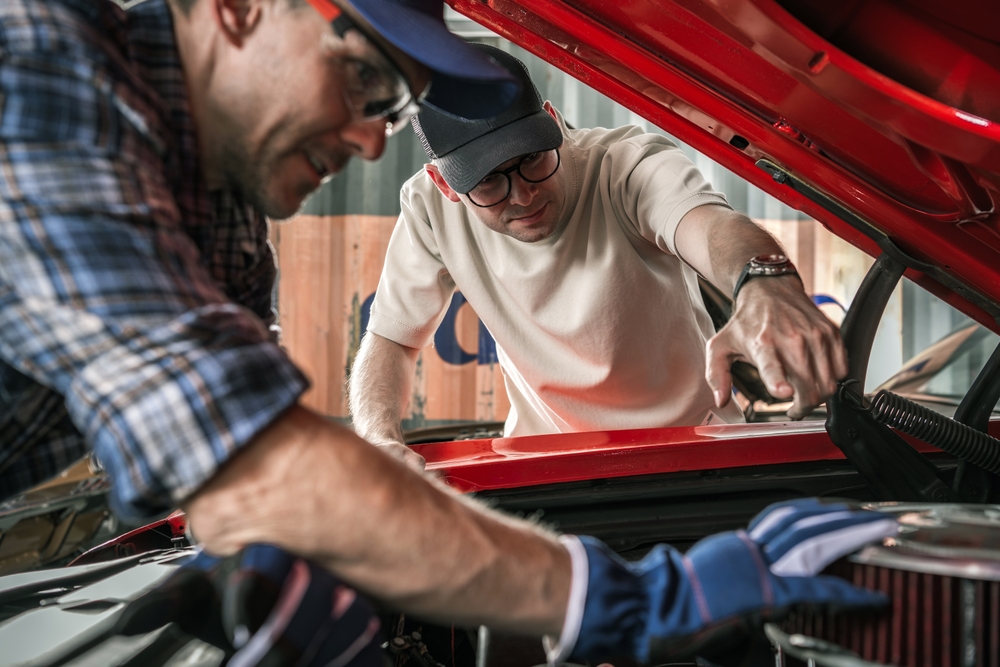
Skipping research is a critical mistake that can lead to costly errors and disappointing results. Restoring a classic car requires a deep understanding of the specific model, including its original specifications, common issues, and potential sources for replacement parts. Without thorough research, you might install incorrect parts, miss essential details, or overlook valuable tips that could simplify the process. Research helps you make informed decisions, ensuring that the restoration is accurate and true to the car’s heritage. Avoiding this mistake allows you to maintain the vehicle’s authenticity and increases its value upon completion.
Underestimating Costs
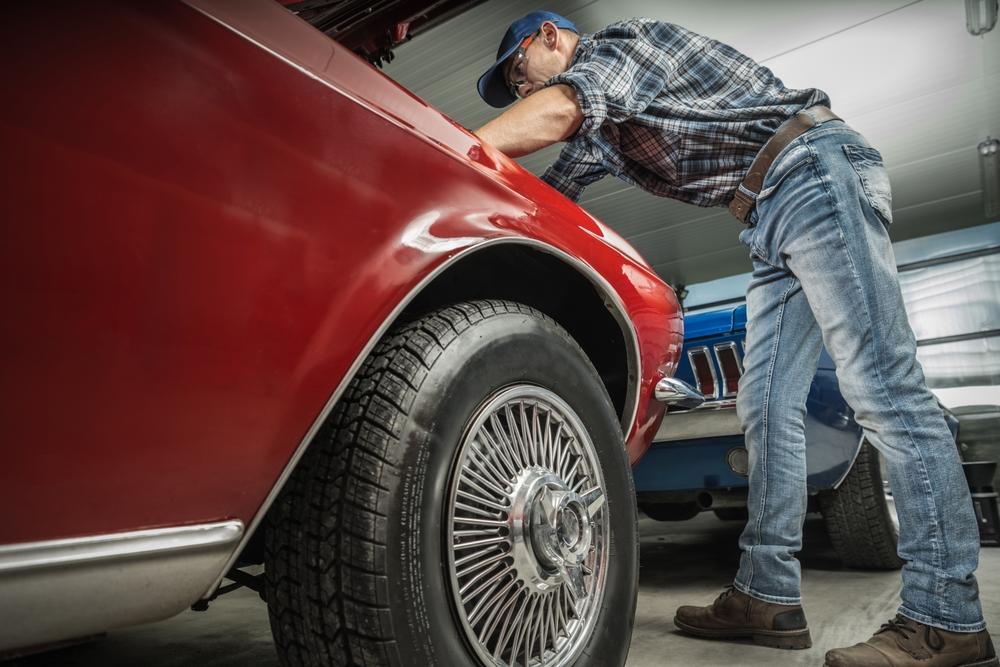
Underestimating costs are a frequent pitfall in classic car restoration, leading to incomplete projects or subpar results. Restoration often requires more time, money, and resources than initially anticipated. Hidden issues like rust, worn-out components, or the need for custom parts can quickly inflate the budget. By realistically assessing costs from the start and setting aside a contingency fund, you can avoid financial strain and ensure that the project is completed to a high standard. This foresight prevents the need for cutting corners and allows for a restoration that meets your expectations.
Not Seeking Expert Advice
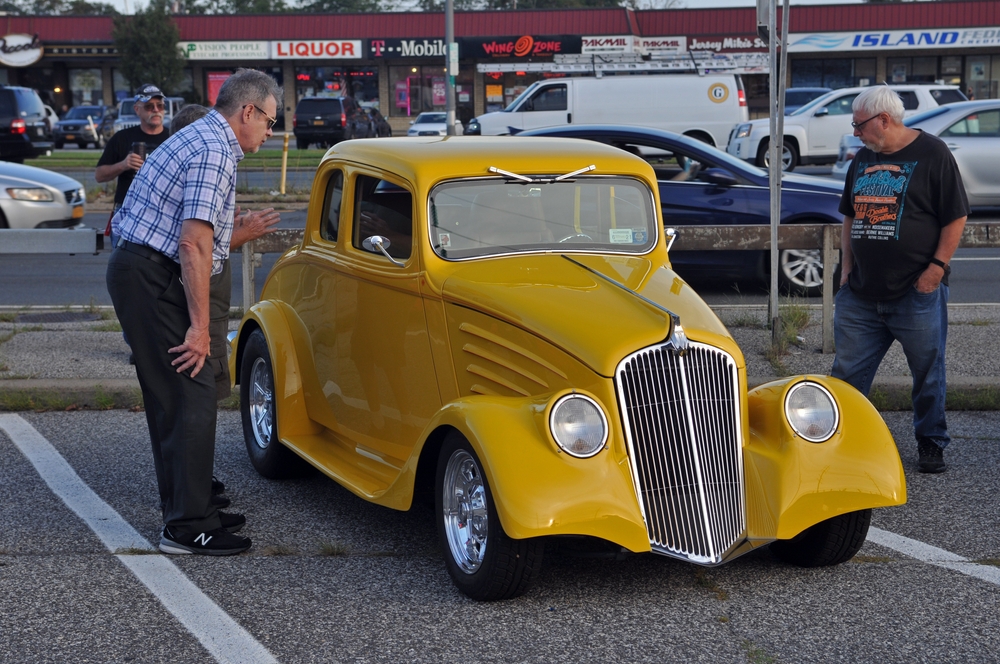
Not seeking expert advice is a mistake that can lead to avoidable errors and frustration during the restoration process. Classic car restoration involves a range of specialized skills, from bodywork to engine rebuilding, and even the most experienced restorers can benefit from expert input. Consulting with professionals or joining a community of enthusiasts can provide valuable insights, resources, and support. Avoiding this mistake allows you to tap into a wealth of knowledge, making the restoration process more efficient and ensuring a higher-quality result.
Overlooking Safety Upgrades
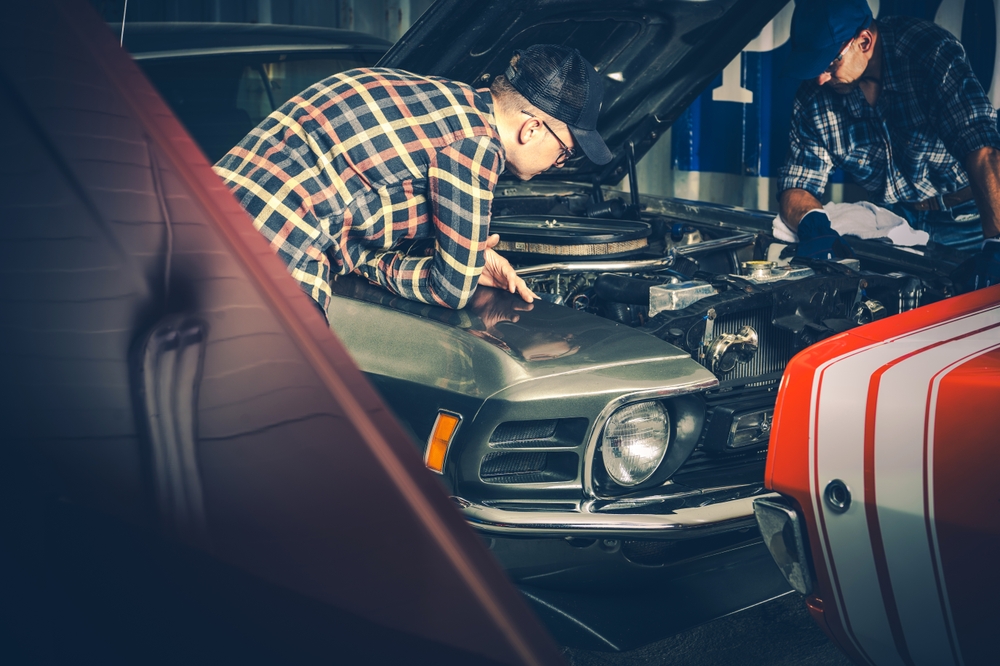
Overlooking safety upgrades is a mistake that compromises the usability and safety of your classic car. While maintaining originality is important, modern safety standards have significantly improved since most classic cars were built. Incorporating upgrades such as seat belts, brakes, and lighting not only enhances the safety of the vehicle but also makes it more enjoyable to drive. Neglecting these upgrades can lead to accidents or limit the car’s usability. By addressing safety concerns early in the restoration, you ensure that your classic car is both authentic and safe for regular use.
Incorrect Assembly
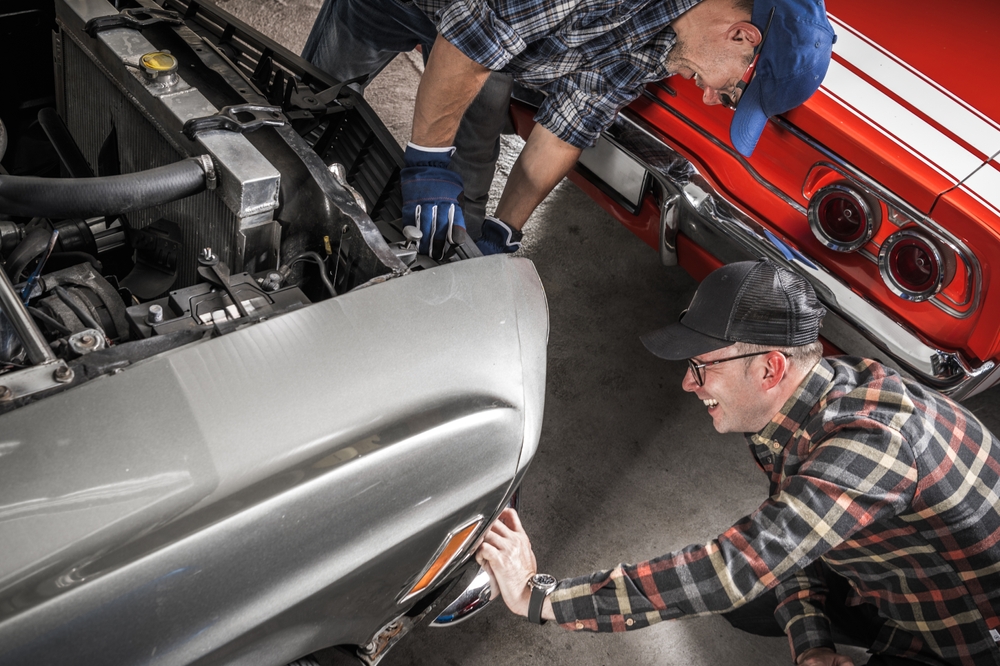
Incorrect assembly is a common mistake that can lead to mechanical failures and additional costs down the road. Classic cars are intricate machines with parts that must fit together precisely. Rushing through assembly or failing to follow original specifications can result in misaligned components, leaks, or even catastrophic engine failure. Taking the time to assemble the car correctly, with attention to detail and proper torque settings, ensures that the vehicle operates smoothly and reliably. Avoiding this mistake helps you build a car that is not only beautiful but also functional and dependable.
Ignoring Rust and Corrosion
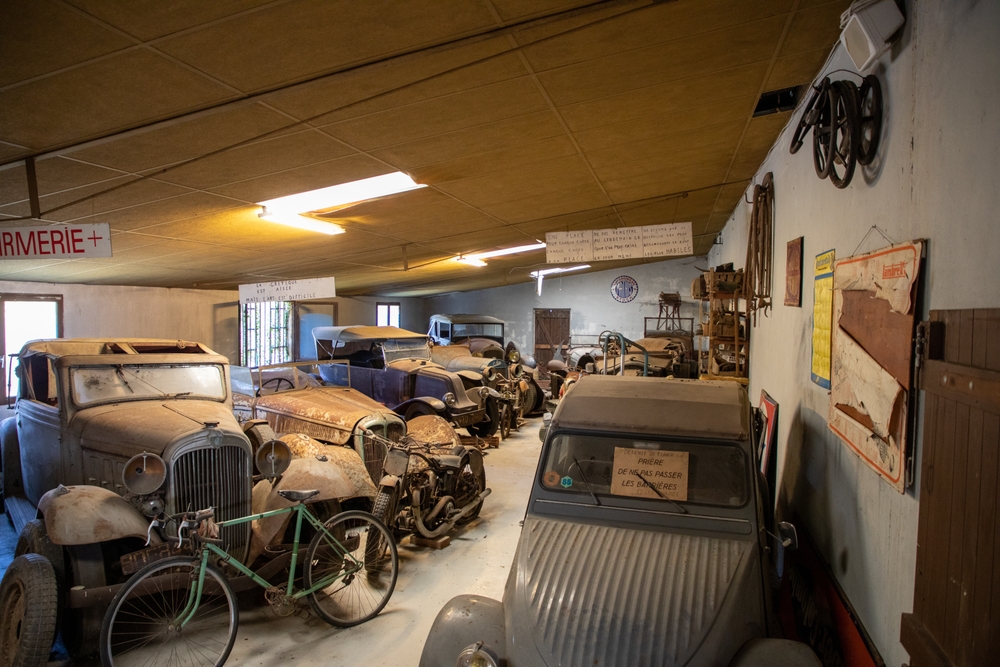
Ignoring rust and corrosion is a major oversight that can undermine the entire restoration effort. Rust is often more than just a cosmetic issue; it can weaken the structural integrity of the vehicle and spread rapidly if not addressed. A thorough inspection and treatment of rust, including replacing or repairing affected panels, is crucial to prevent further damage. Ignoring rust can lead to costly repairs later on and diminish the value and safety of the car. By tackling rust and corrosion early, you protect your investment and ensure a long-lasting restoration.
Neglecting Detailing
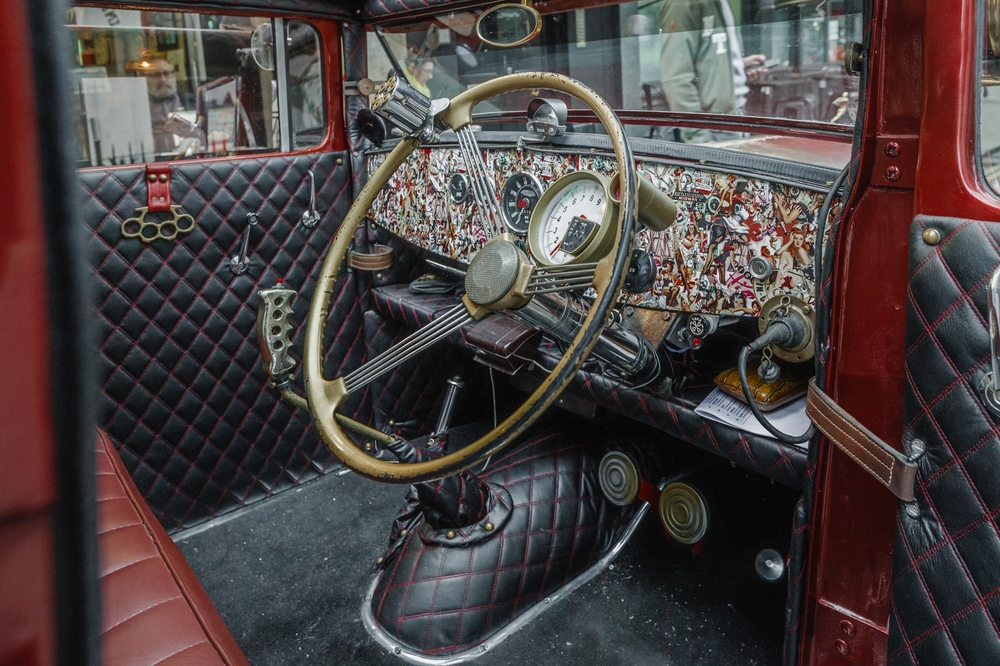
Neglecting detailing is a mistake that can diminish the final appearance and authenticity of your restored classic car. Detailing involves more than just cleaning; it includes restoring or replacing trim, emblems, and interior finishes to their original condition. Skipping this step can leave the car looking incomplete or mismatched, detracting from its overall appeal. Attention to detail, such as proper paint finishes and authentic interior materials, can significantly enhance the car’s presentation and value. By avoiding this mistake, you ensure that the restoration is thorough and true to the car’s original character.
Lack of Patience
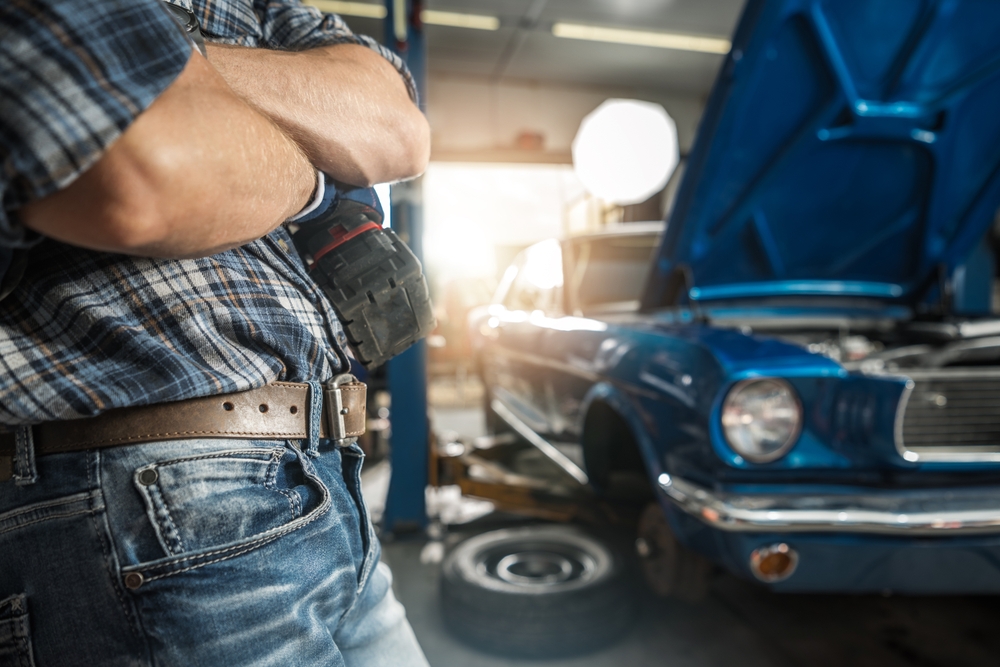
Lack of patience is a common pitfall that can lead to rushed decisions and mistakes throughout the restoration process. Restoring a classic car is a time-consuming endeavor that requires meticulous attention to detail and a steady pace. Impatience can result in skipped steps, overlooked details, or compromised quality in the rush to see the finished product. Taking the time to do things right, from sourcing the correct parts to ensuring proper assembly, is essential for achieving a high-quality restoration. Patience allows you to enjoy the process and ensures that the final result meets your expectations.
Cutting Corners
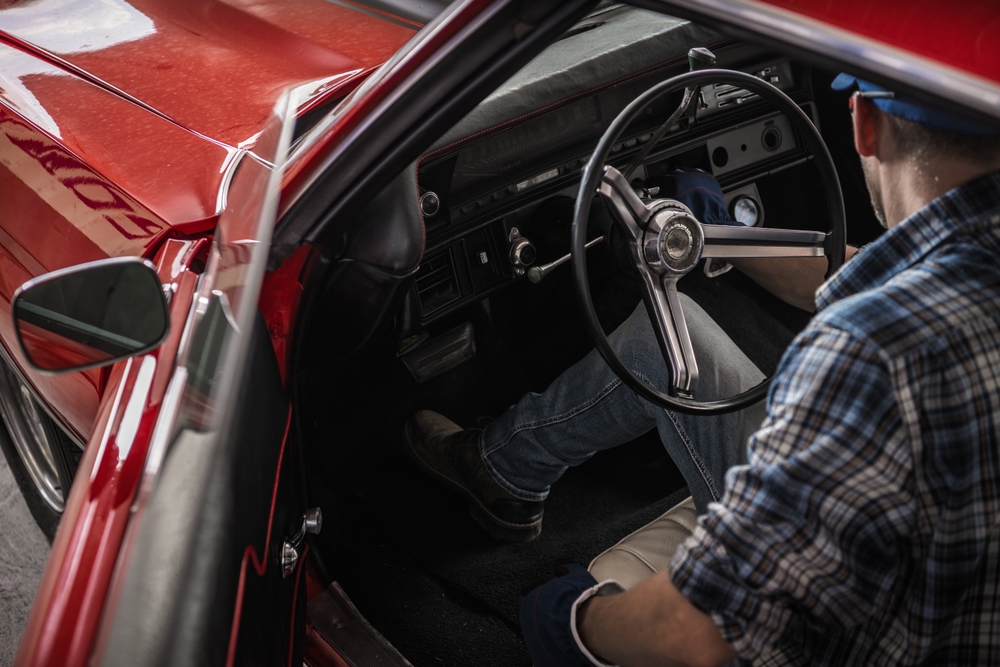
Cutting corners in a classic car restoration can lead to significant issues down the line, both in terms of safety and the car’s overall value. Whether it’s using subpar materials, skipping crucial steps in the repair process, or opting for cheaper, non-original parts, these shortcuts often result in a finished product that falls short of the mark. The temptation to save time or money by cutting corners can be strong, especially when the project seems overwhelming, but it usually backfires, requiring rework or diminishing the vehicle’s integrity and authenticity. Avoiding this mistake ensures a restoration that you can take pride in, knowing it was done right.
Inadequate Documentation
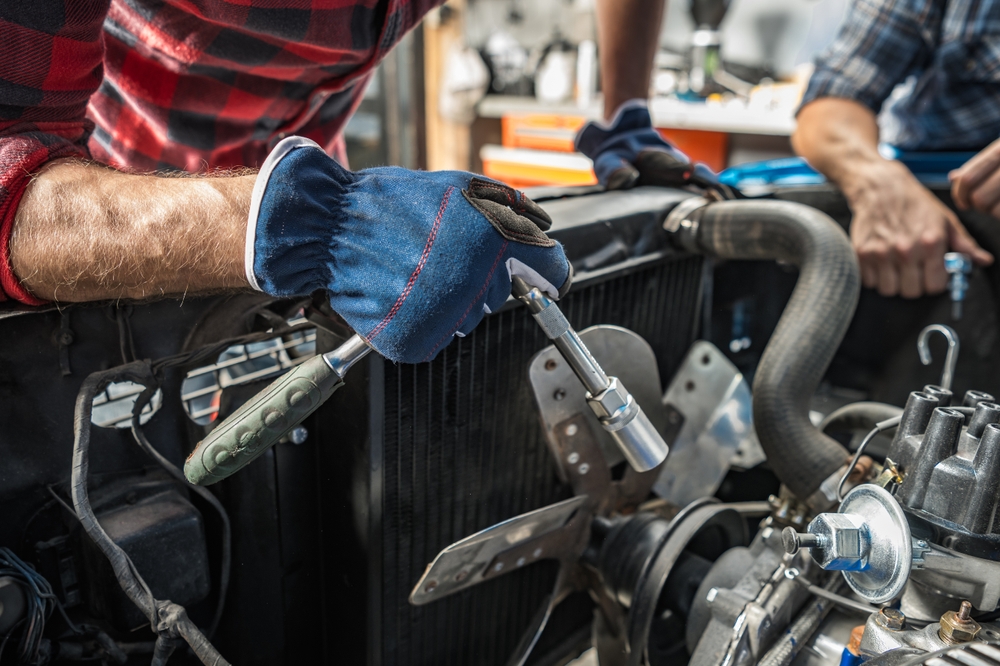
Inadequate documentation during the restoration process can cause significant headaches, especially if you plan to sell the vehicle or need to track down specific parts or services in the future. Keeping detailed records of every step, including photographs, receipts, and notes on procedures, not only helps maintain a clear history of the restoration but also adds value to the car by proving its authenticity and the care taken in its revival. Proper documentation allows you to retrace steps if needed, troubleshoot issues, or provide future owners with a comprehensive history of the car. This attention to detail can make all the difference in the success of the restoration.
This article originally appeared on MyCarMakesNoise.
More from MyCarMakesNoise
11 Classic Airplanes Still Flying

In the fast-paced world of aviation, where technological advancements quickly render older models obsolete, a select group of aircraft has remarkably stood the test of time. These retro airplanes, many of which first took to the skies over half a century ago, continue to capture the imagination of aviation enthusiasts and serve practical purposes in various sectors today. Read More.
10 Vintage Yachts Still Cruising Seas

Vintage yachts have a timeless allure that captivates both maritime enthusiasts and luxury travelers alike. These vessels, steeped in history and elegance, are more than just boats; they are floating relics of a bygone era that continue to grace the world’s oceans with their presence. Read More.
13 Common Mistakes When Towing Trailers

Towing a trailer can significantly change the dynamics of driving, introducing unique challenges that demand meticulous attention to detail. Ensuring proper setup and operational know-how is crucial, as common oversights can lead to severe road mishaps. Read More.

